Scott Bar Fish Passage
Scott Bar Fish Passage
Completed:
2024
Region:
Project Funders
U.S. Fish and Wildlife Service
Wildlife Conservation Board
CDFW Fisheries Restoration Grant Program
Fish Affected:
Threats:
Project Description
Mill Creek is the lowermost tributary to the Scott River, which consistently generates the largest returns of wild coho salmon in California. During the fall spawning migration for coho and Chinook salmon, Mill Creek is the first tributary they encounter, and one of the only low gradient tributaries in this steep section of the Scott. In the last few years, the mainstem Scott went dry in multiple locations in the summer and early fall, due to drought and late fall rains; these conditions prevented adult salmon from accessing their typical spawning areas and impacted fisheries populations.
In July 2023, after much effort by state, federal, tribal partners, and private landowners, construction began on the Scott-Bar Mill Creek Fish Passage Restoration Project. Restoring a tributary this low in the watershed will ensure that salmon have a place to spawn, and rear, regardless of upstream conditions and drought years.
The entire Mill Creek watershed was affected by mining in the early 1900s, and the creek was moved during hydraulic mining activities. Since the 1980s, Mill Creek has been blocked to fish passage during most times of the year by a steep, bedrock cascade at the mouth and an impassable road crossing just 200 feet from its confluence with the Scott River. In July 2023, after much effort by state, federal, tribal partners, and private landowners, construction began on the Scott-Bar Mill Creek Fish Passage Restoration Project. The project replaced the road crossing with a channel spanning bridge, re-profiled the channel to improve fish passage, and restored riparian and instream habitat conditions in Mill Creek. This project restored access to threatened coho salmon, steelhead, and other aquatic species to approximately three miles of year-round, cold water spawning and rearing habitat. Project construction concluded in 2023.
Project Partners:
California Department of Fish and Wildlife
Karuk Tribe
Private landowners
Siskiyou Resource Conservation District (RCD)
Siskiyou County


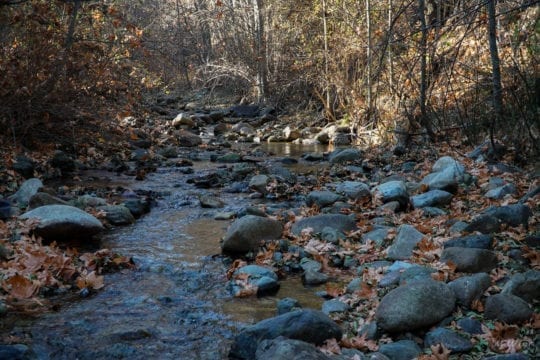

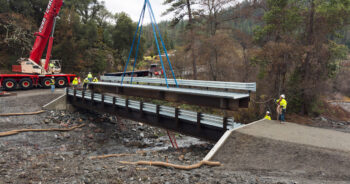
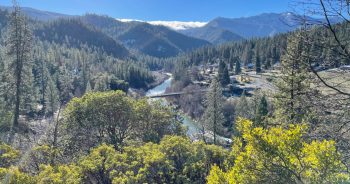

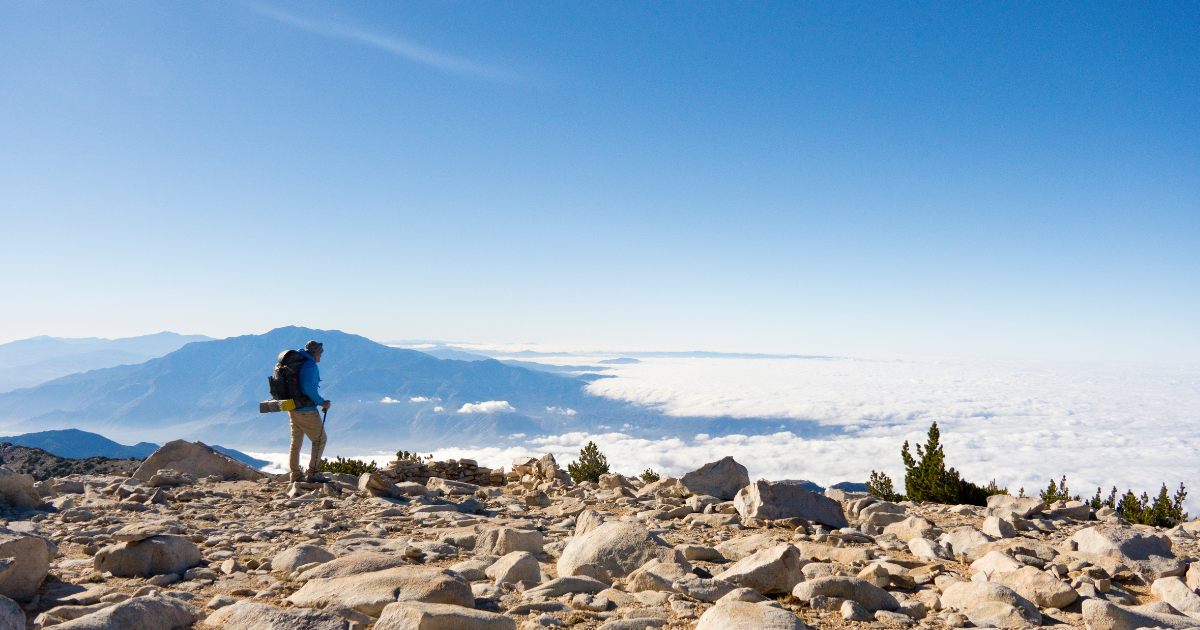
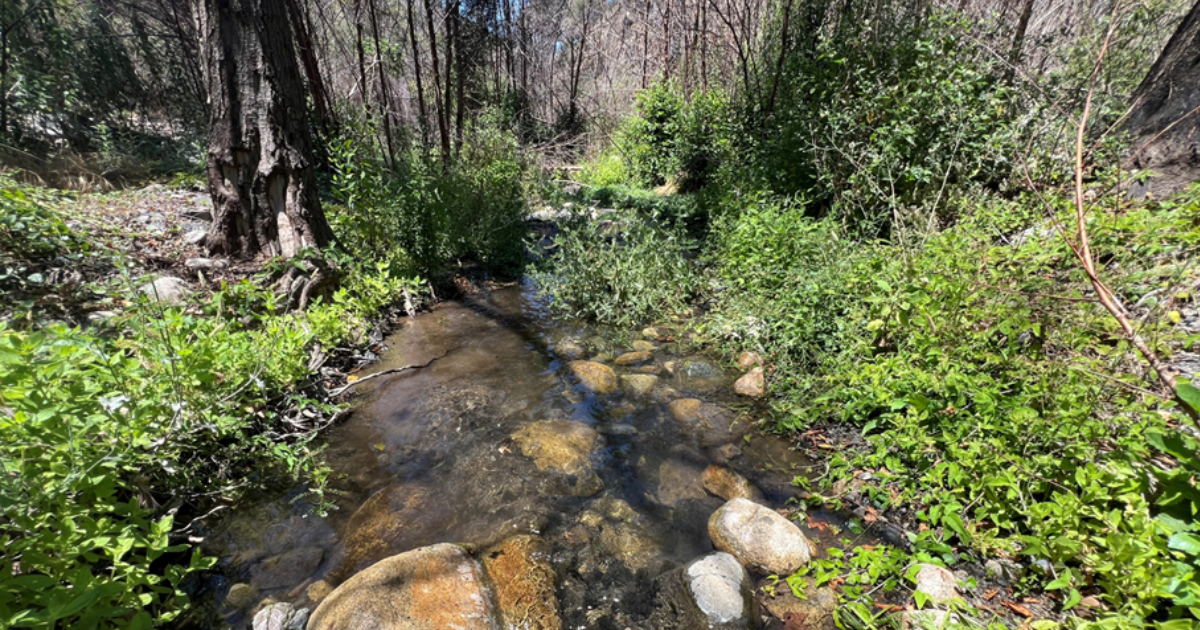
 Human use of streams, lakes, and surrounding watersheds for recreation has greatly increased with population expansion. Boating, swimming, angling, off-road vehicles, ski resorts, golf courses and other activities or land uses can negatively impact salmonid populations and their habitats. The impacts are generally minor; however, concentration of multiple activities in one region or time of year may have cumulative impacts.
Human use of streams, lakes, and surrounding watersheds for recreation has greatly increased with population expansion. Boating, swimming, angling, off-road vehicles, ski resorts, golf courses and other activities or land uses can negatively impact salmonid populations and their habitats. The impacts are generally minor; however, concentration of multiple activities in one region or time of year may have cumulative impacts.











 Dams block access to historical spawning and rearing habitats. Downstream, dams alter the timing, frequency, duration, magnitude, and rate of change of flows decreasing habitat quality and survival.
Dams block access to historical spawning and rearing habitats. Downstream, dams alter the timing, frequency, duration, magnitude, and rate of change of flows decreasing habitat quality and survival.


